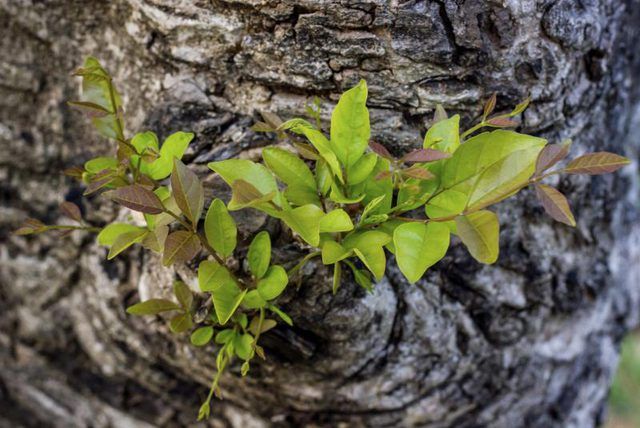Bulbs
Flower Basics
Flower Beds & Specialty Gardens
Flower Garden
Garden Furniture
Garden Gnomes
Garden Seeds
Garden Sheds
Garden Statues
Garden Tools & Supplies
Gardening Basics
Green & Organic
Groundcovers & Vines
Growing Annuals
Growing Basil
Growing Beans
Growing Berries
Growing Blueberries
Growing Cactus
Growing Corn
Growing Cotton
Growing Edibles
Growing Flowers
Growing Garlic
Growing Grapes
Growing Grass
Growing Herbs
Growing Jasmine
Growing Mint
Growing Mushrooms
Orchids
Growing Peanuts
Growing Perennials
Growing Plants
Growing Rosemary
Growing Roses
Growing Strawberries
Growing Sunflowers
Growing Thyme
Growing Tomatoes
Growing Tulips
Growing Vegetables
Herb Basics
Herb Garden
Indoor Growing
Landscaping Basics
Landscaping Patios
Landscaping Plants
Landscaping Shrubs
Landscaping Trees
Landscaping Walks & Pathways
Lawn Basics
Lawn Maintenance
Lawn Mowers
Lawn Ornaments
Lawn Planting
Lawn Tools
Outdoor Growing
Overall Landscape Planning
Pests, Weeds & Problems
Plant Basics
Rock Garden
Rose Garden
Shrubs
Soil
Specialty Gardens
Trees
Vegetable Garden
Yard Maintenance
Homemade Remedy for Stump Removal
Homemade Remedy for Stump Removal. A tree's extensive root system can continue to fight for life well after a tree has been cut down. Such stumps look unsightly, can be a hazard for walking and mowing and take up valuable space in the yard. A few simple home remedies can get rid of a stump by cutting off its supply to resources.

A tree's extensive root system can continue to fight for life well after a tree has been cut down. Such stumps look unsightly, can be a hazard for walking and mowing and take up valuable space in the yard. A few simple home remedies can get rid of a stump by cutting off its supply to resources.
Assessing the Stump
The type of removal you should try depends on the stump's condition. A fresh-cut stump will be much more difficult to remove than an older, dry and rotted stump. Hard, fresh cuts should be dried and rotted before attempting to remove the stump entirely, while a well-rotted stump can be easily dug out. For any technique, the first step is to use a chain saw to cut the stump as closely to the ground as you can. Be sure to wear protective eye wear and cover your skin. Include long sleeves, pants and closed-toe shoes when using machinery.
Drying Techniques
Stumps are much easier to break apart once they have been dried out. Drying also prevents regrowth, which can happen for a long period of time after a tree has been felled. Use a drill with a 1-inch bit to make holes all around the top of the stump as deep as the bit will reach. Drill holes in any large main roots you see near the ground directly next to the stump. Fill all of the holes with either a granular nitrogen-rich fertilizer such as 16-4-8 or standard household rock salt. Nitrogen feeds fungi that help in decomposition, while salt consumes water sources to dry out both the stump and roots. Water the holes and cover the stump with a heavy black plastic or tarp. This is not a quick fix -- it may take several seasons for the stump to fully rot depending on environmental conditions.
Composting Helpers
In conjunction with the drying methods, composting on top of the stump can speed along the process. Instead of using a tarp or plastic to cover the stump after drilling and filling holes, use compost materials from your yard or kitchen. Old leaves, bits of kitchen scraps and other organic materials encourage bacteria and helpful insects to live and feed on the area, including your unwanted stump.
Digging a Dry Stump
Digging out a stump is only recommended after it has been dried up and softened. Working with a fresh stump is labor-intensive and time-consuming. Use a spade to chop away the major roots you see coming from the trunk. Try to push the trunk over and rock it back and forth to expose more roots. Use the spade or an ax to chop any roots that become exposed. Continue until the stump can be pulled away.
Decorative Options
One of the more creative ways to conceal and remove a stump is to use it as the home for a new garden. Build a raised flower bed around the stump, or add a large pot with no bottom on top of it. Plant directly over the stump and keep your plants well-watered. As your new garden grows over top, the stump will rapidly decompose beneath and become food for your new garden. Although it may also take just as long as the drill and fill or composting methods, it conceals the rotting eyesore.